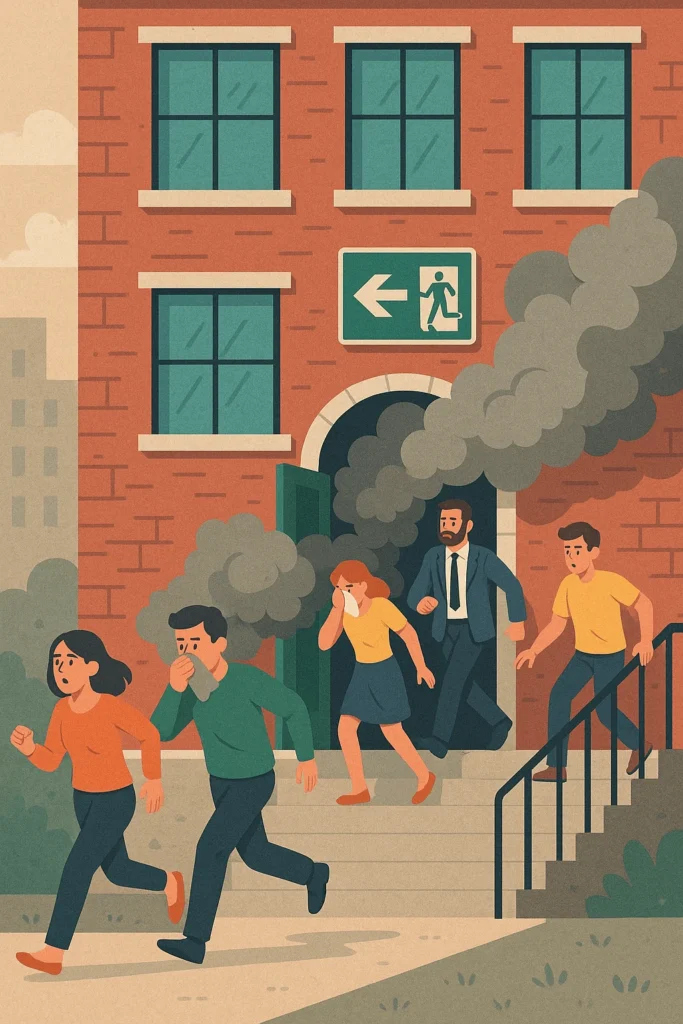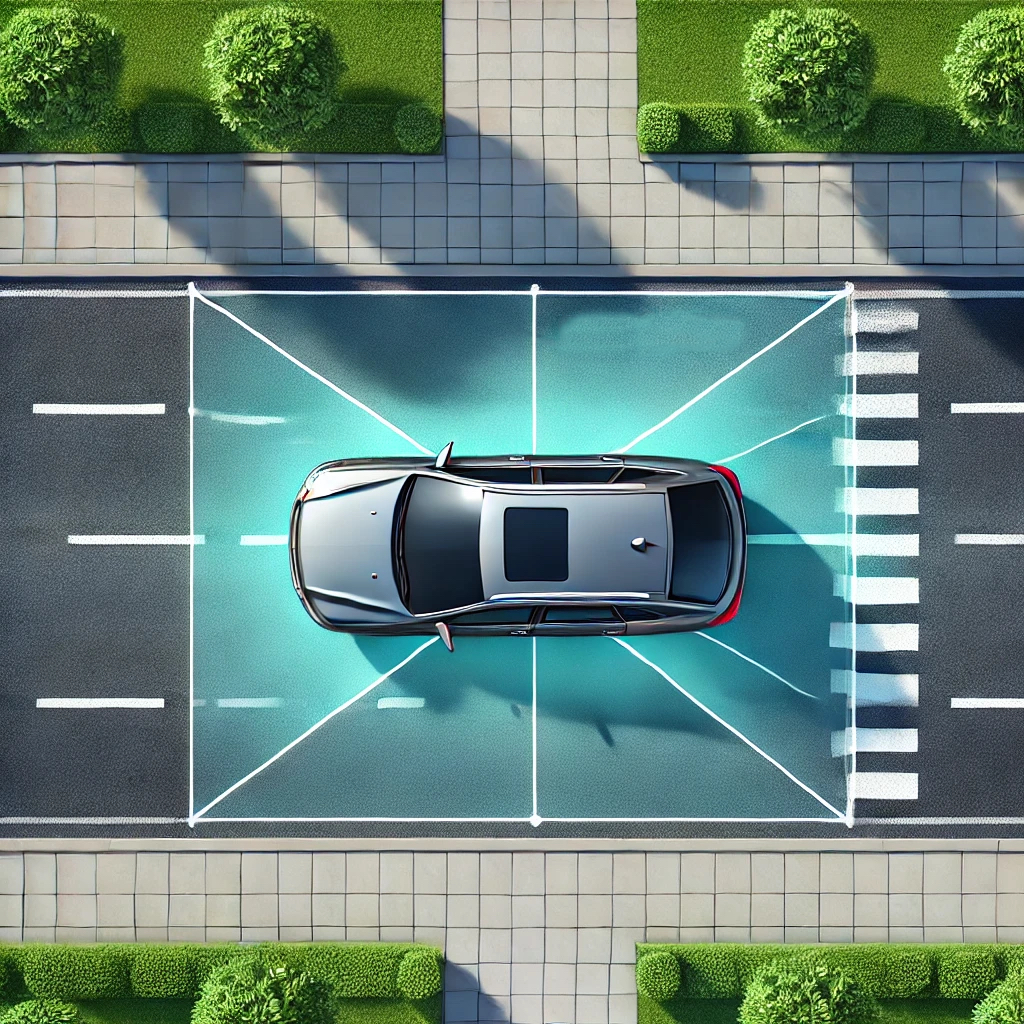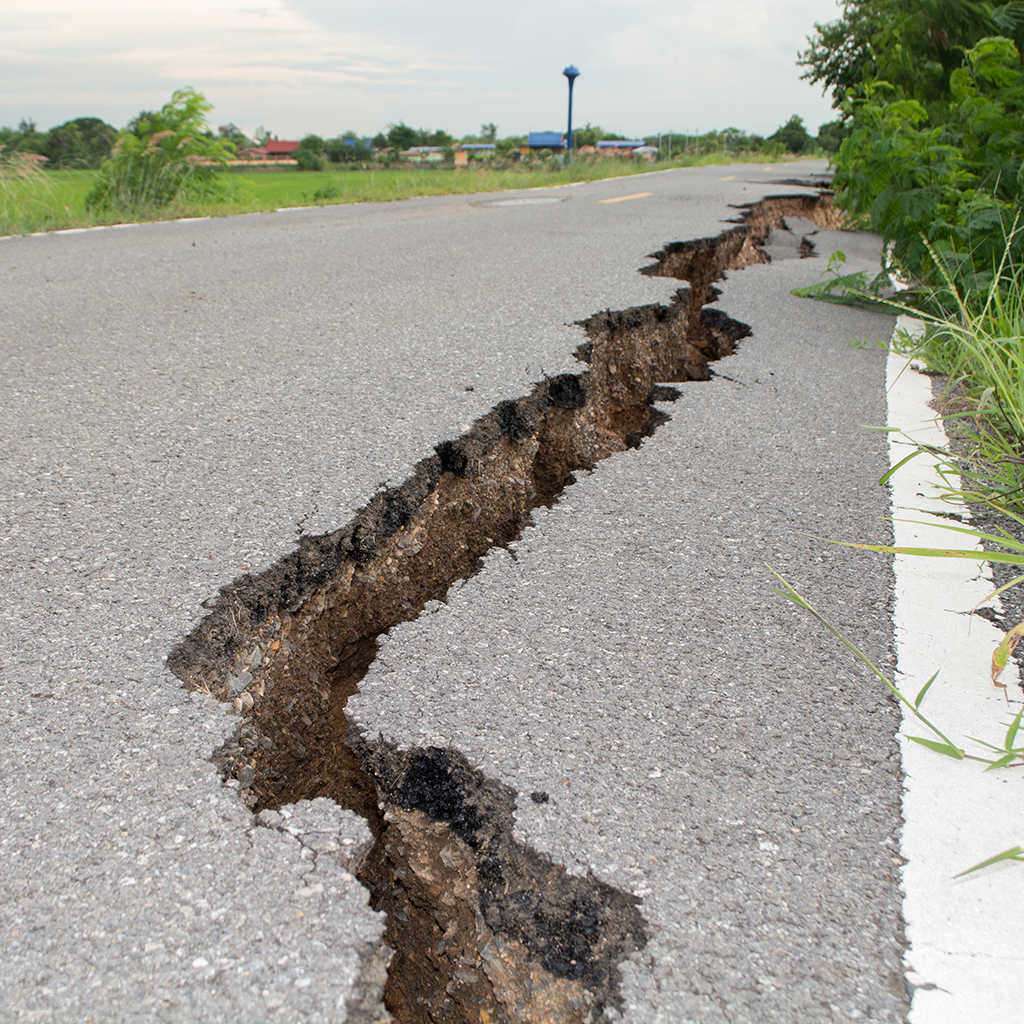In today’s fast-paced world, driving is a necessity, but it comes with risks. Every time you get behind the wheel, you face the unpredictable actions of other drivers, road hazards, and changing weather conditions. That’s where **defensive driving** becomes crucial. It’s not just about obeying traffic laws; it’s about being proactive and prepared for whatever might happen on the road.
Why Defensive Driving Matters
Defensive driving reduces the chances of accidents by encouraging safe and responsible behavior. It empowers drivers to anticipate potential dangers and react in a way that minimizes risk. Defensive drivers are less likely to be involved in accidents, helping to save lives, prevent injuries, and reduce costly repairs or insurance claims. Plus, practicing defensive driving can help you feel more confident and in control on the road, which is a benefit for everyone.
Top Defensive Driving Tips
1. Stay Focused: Keep your eyes on the road, avoid distractions like your phone, and be aware of what’s happening around your vehicle.
2. Maintain a Safe Distance: Always keep a buffer zone between you and the vehicle in front of you. This gives you ample time to react if they stop suddenly. The National Safety Council recommends the Three Second Rule as one method of maintaining a safe distance.
3. Follow Speed Limits: Speeding increases both the likelihood and severity of accidents. Stick to the posted limits, and adjust for road conditions like rain or traffic.
4. Be Aware of Blind Spots: Check your mirrors frequently, and always be cautious when changing lanes to avoid other vehicles in your blind spots.
5. Expect the Unexpected: Assume that other drivers may make sudden or reckless moves, such as merging without signaling or braking abruptly.
6. Use Your Signals: Communicate your intentions to other drivers. Using turn signals and brake lights properly helps prevent misunderstandings on the road.
7. Avoid Aggressive Driving: Stay calm behind the wheel. Don’t engage with aggressive drivers, and avoid speeding, tailgating, or weaving through traffic.
8. Adjust for Weather Conditions: Rain, snow, and fog can make roads slippery and reduce visibility. Slow down and give yourself extra stopping distance in these conditions.
9. Don’t Drive Drowsy: It’s better to let some one else drive or to get some rest. Falling asleep at the wheel or sleep deprived driving is estimated to be the cause of 10-20% of car accidents.
10. Prepare in Advance: Knowing your path, calculating your routes and understanding road conditions in advance can better prepare you before you even start your commute.
By following these defensive driving tips, you’ll not only protect yourself but also contribute to safer roads for everyone. Defensive driving is more than just a skill – it’s a mindset that can make a difference in preventing accidents and saving lives. Stay vigilant, stay safe!









